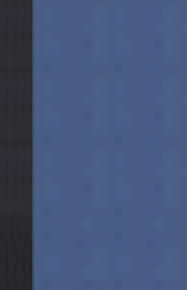
eBooks available at the library can provide:

 Teaching Creative Writing
by
Elaine Walker (Editor)
Teaching Creative Writing is designed to showcase practical approaches developed by practitioners in the ever-growing community of writers in higher education. Aimed at enabling those who teach the subject to review, borrow, and adapt ideas, the emphasis throughout is on diversity. Contributions from an international team of writers cover a variety of forms and genres and include traditional and innovative components of creative writing courses.
Teaching Creative Writing
by
Elaine Walker (Editor)
Teaching Creative Writing is designed to showcase practical approaches developed by practitioners in the ever-growing community of writers in higher education. Aimed at enabling those who teach the subject to review, borrow, and adapt ideas, the emphasis throughout is on diversity. Contributions from an international team of writers cover a variety of forms and genres and include traditional and innovative components of creative writing courses.